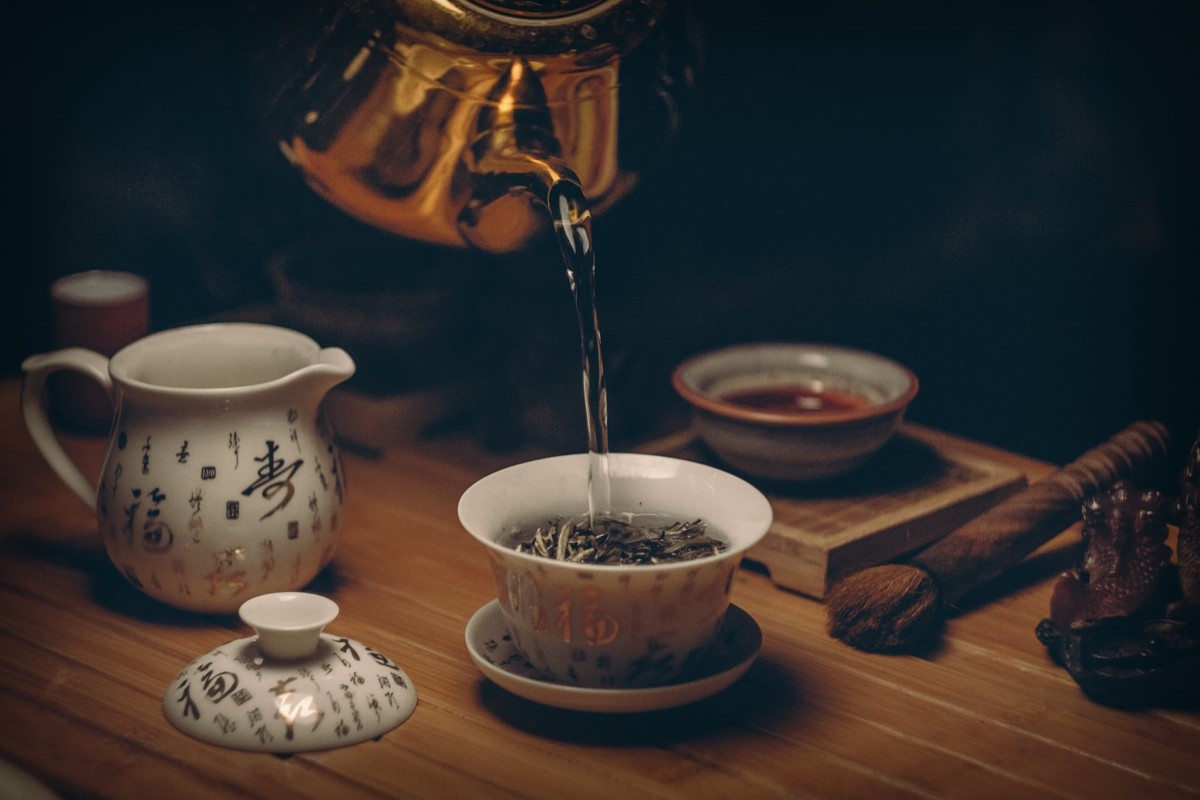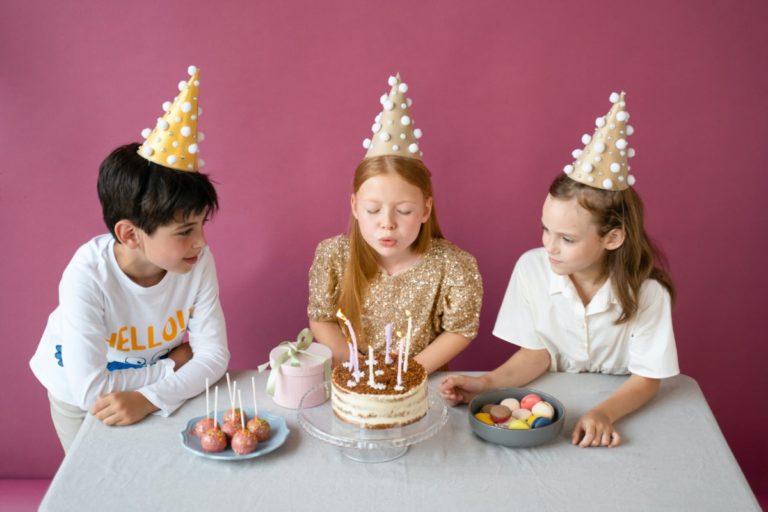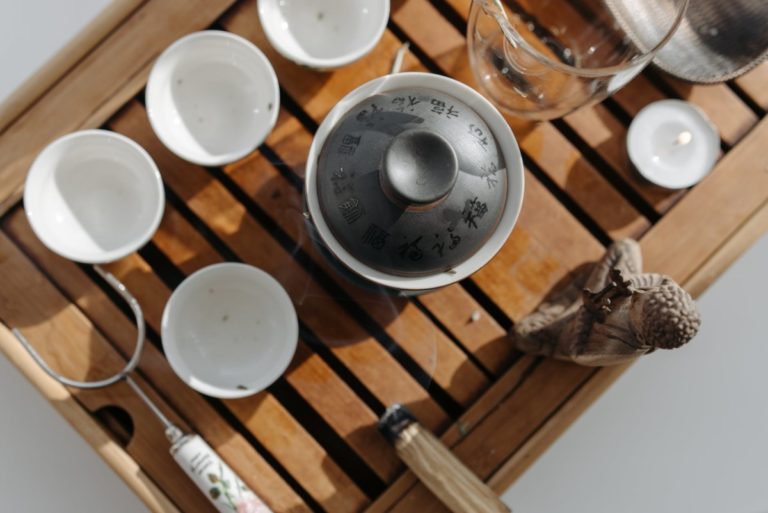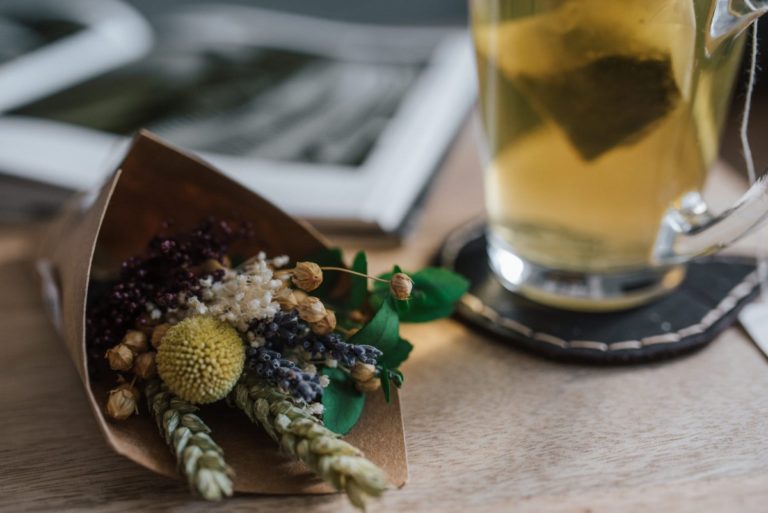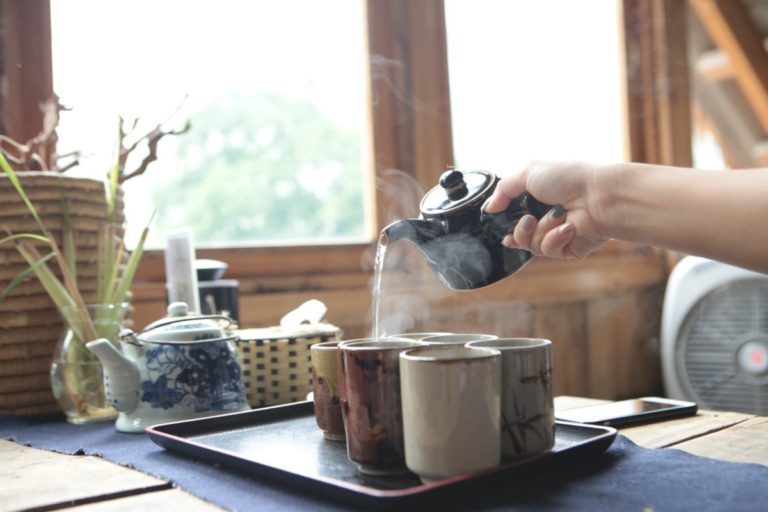How To Prepare Oolong Tea- Origins, Varieties & Steeping Instruction
Oolong tea (simplified Chinese: 乌龙; traditional Chinese: 烏龍; pinyin: wūlóng) is a kind of traditional Chinese tea (Camellia sinensis) that is created using a one-of-a-kind procedure that includes withering under the intense sun and oxidation before being curled and twisted.
In order to produce the vast majority of oolong teas, particularly those of a high grade, specific tea plant cultivars that are only utilised for certain types are required. Depending on the kind of grape and the method of production, the level of fermentation may vary anywhere from 8% to 85% of the total volume. The art of gongfu tea-making, also known as the gongfu tea infusion strategy, is a method of preparing tea that originated in this region. Gongfu tea is particularly well-liked among tea aficionados in south China and Chinese emigrants living in Southeast Asia.
Literally translated from the Chinese as “tea tea,” the term qngchá ( Chinese: 青茶; literally “teal tea”) refers to the category of semi-oxidized oolong teas that are popular in Chinese tea culture. There is a tremendous amount of variety in the flavour of oolong that comes from its many subvarieties. It is possible for it to be fruity and sweet with scents of honey, woody and heavy with smells of roasted, green and fresh with aromas of bouquet, and so on, depending on the horticulture and the manner of production. One of the most well-known types of Chinese tea is oolong, which comes in many different subvarieties. Some of the most well-known oolongs are grown in the Wuyi Highlands in northern Fujian and in the central mountains of Taiwan.
Although the leaves of each oolong variety undergo a unique processing method, there are only two distinct types that may be created from them. Some are “wrap-curled” into little beads with a tail attached to each one, while others are rolled into long leaves with a spiral pattern. The first mode is the one that adheres to more of a conventional aesthetic.
The Chinese word for oolong tea ( Chinese: 烏龍茶) , which literally translates to “black dragon tea,” is whence the term “oolong tea” originated in the English language.
Origins
There are three widely accepted explanations of the origin of the Chinese name. According to the “tribute tea” theory, oolong tea came directly from Dragon-Phoenix Tea Cake tribute tea. The term oolong tea replaced the old term when loose tea came into fashion. Since it was dark, long, and curly, it was called Black Dragon tea.
According to the “Wuyi” theory, oolong tea first existed in the Wuyi Mountain area. This is evidenced by Qing dynasty poems such as Wuyi Tea Song (Wuyi Chage) and Tea Tale (Chashuo). It was said that oolong tea was named after the part of Wuyi mountain where it was originally produced.
According to the “Anxi” theory, oolong tea had its origin in the Anxi oolong tea plant, which was discovered by a man named Sulong, Wulong, or Wuliang.
Varieties of Oolong Tea
• Wuyi rock (cliff) tea (武夷岩茶 Wǔyí yán chá)
The most famous and expensive oolong teas are made here, and the production is still usually accredited as being organic. Much Shuǐ Xiān is grown elsewhere in Fujian. Some of the better-known cliff teas are:
• Red Robe Dà Hóng Páo (大红袍)
in Chinese, a highly prized tea and a Sì Dà Míng Cōng (四大名樅, literally: The Four Great Bushes). This tea is also one of the two oolongs that make it to the list of Chinese famous teas.
• Gold Turtle Shuǐ Jīn Guī (水金亀)
in Chinese, a Si Da Ming Cong.
• Iron Monk Arhat Tiě Luóhàn (鉄羅漢)
in Chinese, a Si Da Ming Cong tea
• White Comb Bái Jī Guān (白鸡冠)
in Chinese, a Si Da Ming Cong tea. A light tea with a light, yellowish leaves.
• Cassia Ròu Guì (肉桂)
in Chinese, a dark tea with a spicy aroma.
• Narcissus Shuǐ Xiān (水仙)
in Chinese, a very dark tea, often grown elsewhere.
• Iron Goddess Guanyin Tiě Guānyīn or Ti Kuan Yin (鐵觀音)
in Chinese, this is a tea from Anxi in South Fujian. It is very famous as a ‘Chinese famous tea’ and very popular.
• Golden Cassia Huángjīn Guì (黄金桂)
or Golden Osmanthus is another tea from the Anxi area of Fujian Province. It resembles Tiě Guānyīn with a very fragrant flavor.
• Single Bush Dān Cōng (单枞)
A family of stripe-style oolong teas from Guangdong Province. The doppelganger of teas, Dancong teas are noted for their ability to naturally imitate the flavors and fragrances of various flowers and fruits, such as orange blossom, orchid, grapefruit, almond, ginger flower, etc.
• Dong Ding oolong, Dòngdǐng (凍頂)
The name means Frozen Summit or Ice Peak. Dong Ding is a mountain in Nantou County, Central Taiwan. This is a tightly rolled tea with a light, distinctive fragrance.
• Oriental Beauty, Dōngfāng Měirén chá (東方美人茶)
The name means Oriental Beauty. Also known as White Tip Oolong Bai Hao Oolong. This tea is tippy (the leaves frequently have white or golden tips), with natural fruity aromas, a bright red appearance, and a sweet taste.
• Alishan oolong, Ālǐshān chá (阿里山茶)
Grown in the Alishan area of Chiayi County, this tea has large rolled leaves that have a purple-green appearance when dry. It is grown at an elevation of 1,000 to 1,400 meters. There is only a short period during the growing season when the sun is strong, which results in a sweeter and less astringent brew. It produces a golden yellow tea that has a unique fruity aroma.
• Lishan oolong, Líshān (梨山)
Grown in the north-central region of Taiwan, this tea is very similar in appearance to Alishan teas and is often considered to be one of the best teas from Taiwan. It is grown at an elevation above 1,000 meters, with Dayuling, Lishan, and Fusou being the best-known regions and teas of Lishan.
• Pouchong, (Bāozhǒng chá) (包種茶)
Also romanized as Bāozhǒng, the lightest and most floral oolong[citation needed], with unrolled leaves of a light green to brown color. Originally grown in Fujian it is now widely cultivated and produced in Pinglin Township near Taipei, Taiwan.
Other oolong teas
• Darjeeling oolong: Darjeeling tea made according to Chinese methods.
• Assam smoked oolong: Assam tea made according to Chinese methods, and delicately smoked over an open fire
• Vietnam tea (oolong: Vietnamese oolong
• Thai oolong
• Indonesian Oolong Tea: made in Lebak-Banten, Indonesia
• African oolong: made in Malawi and in Kenya
• Nepali oolong
Steeping
Generally, 3 grams of tea per 200 ml of water, or about two teaspoons of oolong tea per cup, should be used. Oolong teas should be prepared with 200 to 205 °F (93 to 96 °C) water (not boiling) and steeped for 3–10 minutes.
High-quality oolong can be steeped several times from the same leaves and, unlike other teas, it improves with rebrewing: it is common to steep the same leaves three to five times, the third or fourth steeping usually being considered the best.
